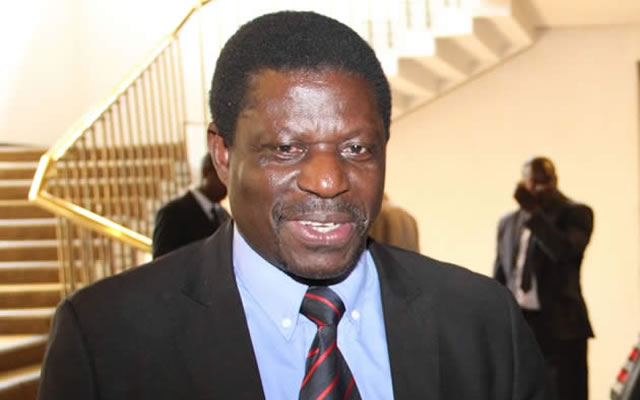AU pushes for continental FTA

Happiness Zengeni and Conrad Mwanawashe
Africa is poised for increased intra-continental trade as the African Union, which is chaired by President Mugabe, is pushing for the Continental Free Trade Area (CFTA) that is expected to enhance competitiveness of economies at all levels.
The CFTA is expected to boost intra-Africa trade, through overcoming dependence on exportation of primary products and promotion of social and economic transformation for inclusive growth, industrialisation and sustainable development in line with the African Union’s Agenda 2063.
Minister of Industry and Commerce Mike Bimha said in an interview that the negotiations for the CFTA will commence next month after the formal launch by the African Union Summit scheduled for South Africa.
He said two weeks ago, at a meeting in Ethiopia, ministers from the member states finalised the document and preparations for the launch of a Tripartite Free Trade Area which is scheduled to take place in mid-June in Sharm el Sheikh, Egypt at a Summit of the Heads of States.
The Tripartite FTA popularly known as the Grand Free Trade Area, will be the largest economic bloc on the continent and the launching pad for the establishment of the CFTA in 2017.
SADC is currently chairing the tripartite arrangement which means President Mugabe will be chairing the meeting in Sharm el Sheikh in Egypt next month. The three regions alternate leadership of the Tripartite FTA. The TFTA will feed into the CFTA.
“The CFTA is being driven by the African Union Commission but it will build upon the achievements of the regional blocs. The negotiations for the CFTA will start once the formalities of launching the negotiations which will be later in June in South Africa at the AU Summit,” said Minister Bimha.
“What is exciting and more complex is that we are now talking of a continental FTA and bringing in Ecowas and other countries that are not part of the regional blocs. We are doing all this to boost intra-Africa trade and to have the economies of Africa diversified hence the focus on industrialisation,” said Minister Bimha adding that the launching of the Tripartite Free Trade Area is the first phase of implementing a developmental regional integration strategy that places high priority on infrastructure development, industrialisation and free movement of business persons.
The objectives of the CFTA are tailored in a way as to make Africa realise the potential to expand and accelerate the growing diversification and dynamism of intra-Africa trade including the aim to increase by 50 percent by 2022 through better liberalisation and facilitation regimes and instruments across regions and Africa in general.
In the context of boosting intra-Africa trade and realising the transformational potential among African countries; to create a freer market for goods and services building upon the trade agreements within the regional economic communities and associated commitments and thus pave the way for accelerating the establishment of the Continental Customs Union.
The Tripartite FTA offers significant opportunities for business and investment within the Tripartite and will act as a magnet for attracting foreign direct investment into the Tripartite region.
The business community, in particular, will benefit from an improved and harmonised trade regime which reduces the cost of doing business as a result of elimination of overlapping trade regimes due to multiple memberships.
The ministers two weeks ago looked at finalising terms of reference, the scope and the guiding principles for the negotiations for the TFTA.
“We are looking at sub-regional and continental integration. The TFTA brings in SADC, Comesa and Ecowas. So we have three African regions coming together to form a TFTA. Negotiations have already taken off in terms of the framework for the TFTA,” said Minister Bimha.
He said the industrialisation strategy and framework, which was approved by the SADC Extraordinary Summit last month, will feed into the SADC FTA but will ultimately feed into vision 2063 which the African Union has come up with.
“We will continue to strengthen our regional integration efforts in terms of consolidating the FTA for SADC,” he said.










Comments